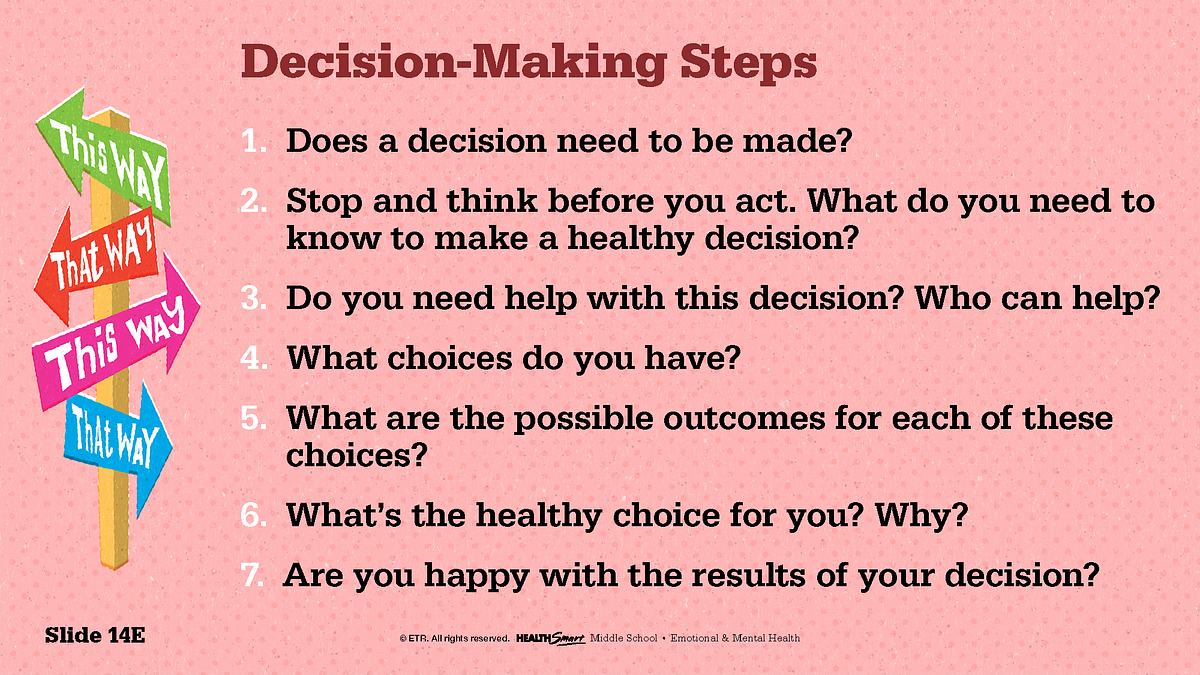In today's rapid world, the ability to make efficient decisions is more crucial than ever. Whether in our private lives or work environments, we are continually faced with choices that can shape our path. From the most minor selections to major resolutions, the way we approach these decisions often reflects not just our smarts, but our insight of ourselves and the environment around us. This article aims to illuminate the journey from doubt to understanding as we examine the key skills needed for mastering the art of smart decision-making.
As we dive into the nuances of decision-making, we will reveal various techniques to boost your skills, whether through sharpening critical thinking or effectively managing the pressures that come with difficult choices. Comprehending the psychology behind our decisions can significantly impact outcomes, and by using proven frameworks and strategies, we can make more informed choices with confidence. Come along this journey to turn indecision and doubt into conclusiveness and conviction, empowering you to navigate life's complexities with ease.

Smart Decision-Making Practices
Learning the craft of effective decision-making requires a set of reliable techniques that can enhance perspective and effectiveness in your choices. One valuable approach is to use decision-making frameworks that aid structure your thinking. Popular frameworks such as the DECIDE model model or the SWOT analysis lead you through evaluating options clearly. By laying out your alternatives, identifying potential consequences, and evaluating risks, these frameworks streamline complex decisions and enable you to make knowledgeable choices.
Another critical technique is learning to examine your possibilities thoroughly. This entails gathering relevant insight, considering the pros and cons, and anticipating different scenarios based on your decisions. Systematic thinking plays a significant role here, setting apart it from mere decision-making by allowing you to challenge assumptions and scrutinize evidence effectively. By approaching decisions with a systematic analysis, you can choose the best option that aligns with your aims.
Lastly, exercising your brain for better decision-making can significantly improve your capabilities over time. Adopting daily habits that encourage thoughtful contemplation and mindfulness helps you enhance emotional intelligence, enabling you to navigate decisions with increased confidence. Techniques such as journaling your thought process, practicing visualization, and taking a pause before making a choice can cultivate a more deliberate approach to decision-making, reducing the chances of regret later on.
Tackling Challenges in Choice-Making
Formulating decisions can frequently feel like traversing a maze jam-packed with barriers. One of the key challenges individuals face is the drowning amount of information accessible today. With countless options and opinions at our fingertips, the anxiety of making the wrong choice can cause paralysis by analysis. To combat this, creating a structured decision-making framework can be beneficial. By defining clear criteria for your choices and limiting the information to what is genuinely relevant, you can ease the process and recover control over your decision-making.
Another common hurdle is the feeling aspect of decision-making. Sentiments can cloud judgment and influence decisions in ways that are frequently advantageous. Identifying the role of emotional intelligence can help in differentiating between emotions that guide your choices and those that may mislead you. Utilizing mindfulness can be a effective tool here, enabling you to recognize your emotions while maintaining a clear-headed perspective. This harmony ensures that decisions are both informed by logic but are also attentive to personal values and feelings.
Finally, the fear of making the incorrect decision often causes procrastination and indecision. It is vital to grasp that no decision is without risk, and making proactive choices is key to tackling this fear. Adopting a mindset that considers decisions as chances for growth instead of potential failures can shift your perspective. By acknowledging that mistakes are a natural part of the decision-making process, you can develop resilience and learn from every choice, ultimately becoming more assured in your ability to make wise decisions.
A Equilibrium of Intuition and Critical Thinking
Intuition often serves as a strong first response in decision-making, leveraging a wealth of unconscious insight and experience. Many people trust this gut feeling as it can provide immediate guidance, particularly in stressful situations where time is limited. Nonetheless, while intuition can be remarkably correct, it is also shaped by biases and feelings, which can result in suboptimal choices. Consequently, grasping when to trust your gut versus when to involve in more critical thinking is crucial for efficient decision-making.
On the other hand, critical thinking involves a methodical evaluation of the choices and potential outcomes, often employing logic and data. This approach can be extremely beneficial for complicated decisions that require careful consideration and a thoroughly comprehension of the consequences. By weighing the pros and cons and reviewing available data, individuals can reduce risks and improve the likelihood of favorable outcomes. Nonetheless, overanalysis can lead to paralysis by analysis, where the anxiety of taking the wrong choice inhibits all decision at once.
Finding a balance between intuition and critical thinking is key to making certain decisions. Cultivating awareness of your intuitive responses and honing your analytical skills can create a fluid interplay in your decision-making process. The goal is to use your gut feeling as a baseline while letting rational evaluation to direct the final choices, leading to more considered and successful outcomes. Making choices in this steady manner can result in increased clarity and contentment in the choices we make.
